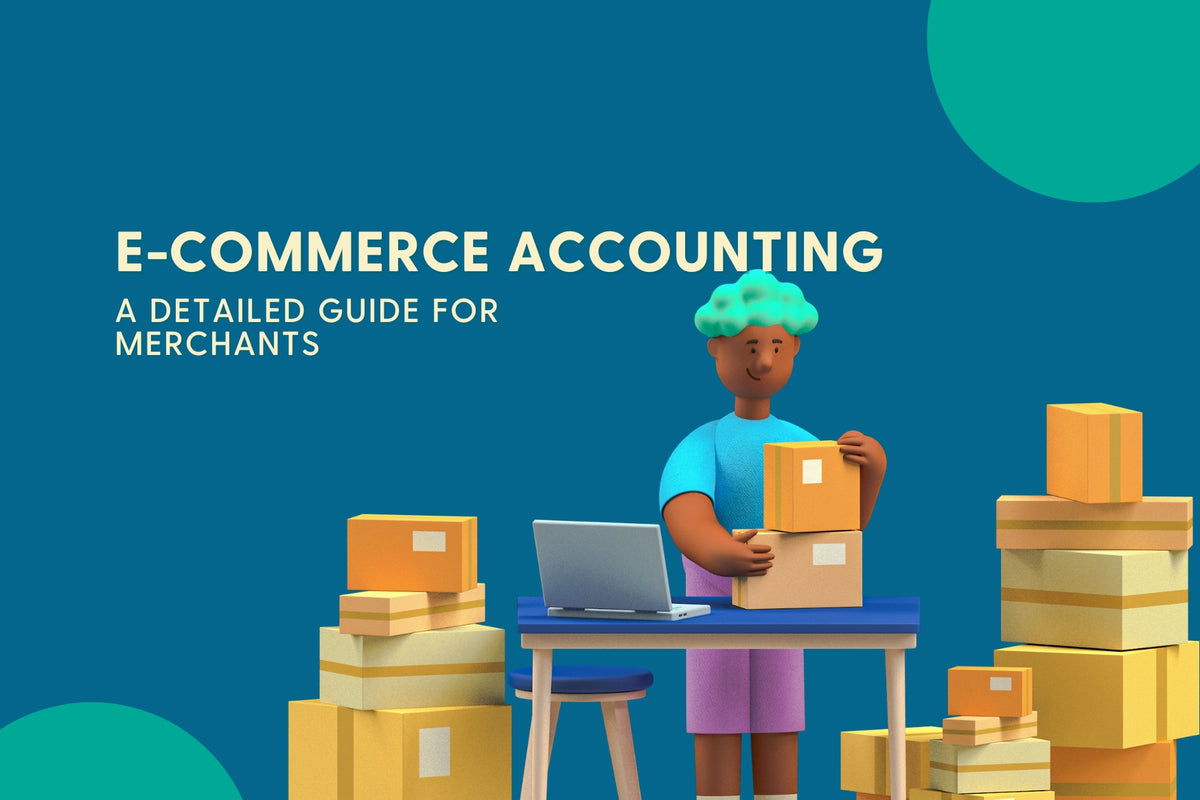Every website or digital product on the web is made to help and attract users. For most of them, the purpose is to sell to users their brand. Therefore, one of the crucial things that need to be considered is usability.
If users find your website complicated to use, the probability is that they're going to leave it and find another site that provides them with the experience they need and want.
It doesn't matter if your website has more value than the competitors, if it's not working for the complete benefit of the users, they're gone.
It is even more expressed in eCommerce websites where selling products is the whole idea. If users find a site difficult to navigate, or it's hard to find information about the product they want to buy, they would likely leave in about 10-15 seconds. There is no tolerance for complicated and slow websites.
Now, if you have a website or an eCommerce store there is one thing you can do to prevent this scenario from happening: apply usability testing. Let's find out what usability testing is and what you need to do to effectively conduct it on your website to enhance your eCommerce store.
What is usability testing?
You might find yourself asking what usability testing is, and don't worry, you're not the only curious professional out there. Usability testing is a way to put your online product, whether it's a website, app, or eCommerce store, to the test and evaluate it on a group of people - or customers.
Doing this will give you the necessary information on whether your design is usable and is working for the satisfaction of the users.
In simple words - it's about understanding the experience of the users on your website.

Benefits of usability testing
As we already stated, eCommerce businesses are prone to this matter and are probably getting the most benefits from it. Here are the main five:
1. Identifying users’ needs and demands
After usability testing, you will have very important information on where to point your attention, and what the focus of your eCommerce business is going to be. You'll have all the “whats” and “whys” which is all you need for an easy start.
2. Improving users' experience after analysis
You'll make the improvements necessary to provide the best possible user experience. If the users are happy with the service you're providing, they'll stay interested in your brand. Even if they don't make any purchases right now, if they've enjoyed the experience you gave them, they'll be coming back for more. Eventually, they’ll buy something and tell their friends about you.
3. Finding and fixing usability problems before the launch
As usability testing should be done before launching the product (and a few times after), you can easily find any existing problems and fix them. That way your business can start working with as few problems as possible.
4. Helping you to enhance your product
After documenting and analyzing the results of the testing, you can make changes and new design decisions, or leave the ones you already have. For now, you’ll have straightforward information about what you need to do.
5. Better conversion rates and ROI
And finally, after all the improvements you've done, it's inevitable to see and feel this kind of benefit. Your website will be working better, and user satisfaction will also be better. Therefore, you can expect more visits and conversions.
 Source: Pexel
Source: Pexel
Types of usability testing
There are three basic ways or categories you can practice to conduct usability testing on your website:
-
Moderated or unmoderated
The main goals and principles between moderated and unmoderated are pretty much the same. The difference is that moderated testing is performed by a moderator - a person who sets the tasks for the users. The moderator will have direct contact with users as they observe and guide them.
Unmoderated testing is done usually without the moderator present. In this scenario, users interact with online tools independently. It's a lot easier to conduct, but users are not as informed about the tools as they would be with an experienced moderator present.
-
Qualitative or quantitative
Qualitative research includes observing users and trying to comprehend how they perceive and experience your product. It deals with the “why”- why users took certain actions.
Quantitative test measures users’ performance by relying on statistics like the percentage of users who have done the assignment. It deals with the “what” and ”when”.
-
Remote or in-person
As the title says, you can do remote testing - that means online, using a remote application, or in-person testing - with users testing your product in person.
Of course, it's important to mention that eCommerce usability testing is a little different than testing other digital products. The main reason users are on your website is to purchase.
So you must get to know how easy it is to navigate through products, select them, and eventually buy.
That leads us to the important question and that is:
When to do it?
In an ideal scenario, you should be doing usability testing before you launch your product.
Also, it's an action you will do more than once, because as in everything in life, you'll make improvements to your website, or your sales will drop, or you will be implementing some new features.
And those are the situations that require testing so you can be sure you're going in the right direction.
Usually, this process is referred to as ‘finding the bugs’. But that is not what usability testing is. It's all about finding out how usable your product is. According to that, you’ll make improvements to the product to make it even more useful to achieve the best satisfaction for your users.
Performing a usability test
Now that we've acknowledged the importance of usability testing and its timing, one question remains - how to do it? Don't be afraid, it's a lot easier than you think.
You'll need a good plan and written test tasks.
You can also follow these six steps to successfully go through your usability testing.
Step 1: Make a good and thorough plan
You'll have to understand the goals of testing and by that I mean you'll have to determine which part of the website you are testing. Maybe you are interested in site navigation, or whether the users can choose payment methods with ease or have issues. Whatever the field of testing is, it's recommended to do them one at a time.
Step 2: Choose your method
The site's purpose will determine which method you choose. It's important to satisfy the criteria in the best way. For eCommerce websites, the best method would probably be moderated remote testing. This allows you to work with people from around the world, and have interactions with a big variety of people.
Step 3: Find users to participate
That leads us to the most important step - the right participants. Usually, a group of five participants is optimal for testing sessions. But this number can vary depending on the method you`re using.
You can pick random participants at first, but as your business develops, you'll have to choose participants that are closer to your ideal user persona.
Step 4: Conduct the test
While the test is running it is important to be consistent in tasks and the order of the tasks. Also, keep in mind the importance of giving your participants clear and concise instructions.
Step 5: Document the test
During the testing, and when it's over, it's important to properly document the test. You can summarize the results in a spreadsheet or any similar way you find useful. If you do it properly, it'll be easier for you to study it further and use it in the next step.
Step 6: Analyze the results
The final step is, of course, analyzing the results of the testing. Now you can see how users engage and interact with your website. You can then use these results in your next website iteration or design change.

Source: Pexel
Enhance your eCommerce store with on-point usability testing
After all that being said, it's obvious that usability testing for eCommerce is crucial and helps you run your online store with success.
You must understand that conducting usability testing regularly can and will save you money. And not just that. It'll save you time and help you launch your business to the stars.
If you allow mistakes to happen and keep happening, you're going to lose your customers, and it's going to get more expensive to solve.
With regular usability testing everything's going to grow, and more importantly - it's going to grow in the right direction.



